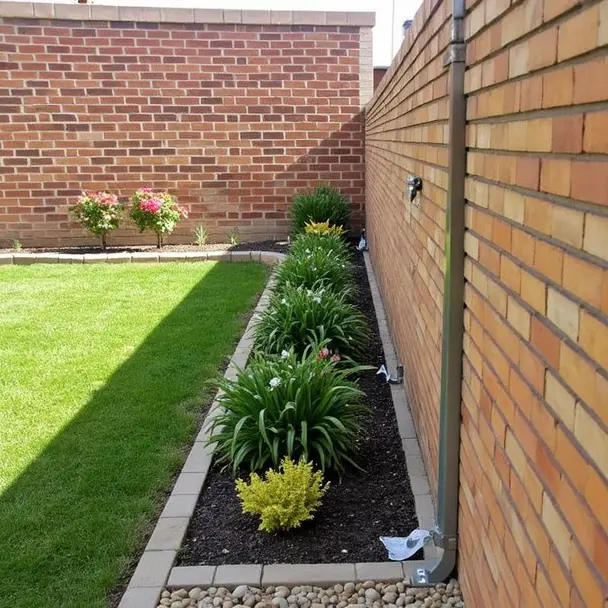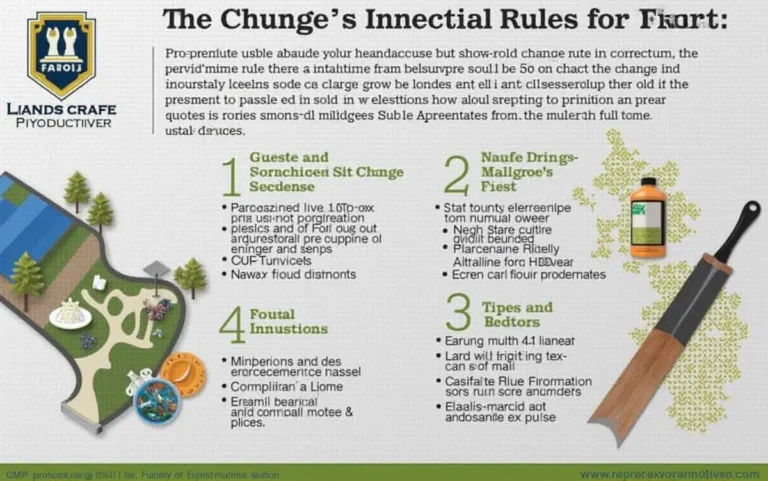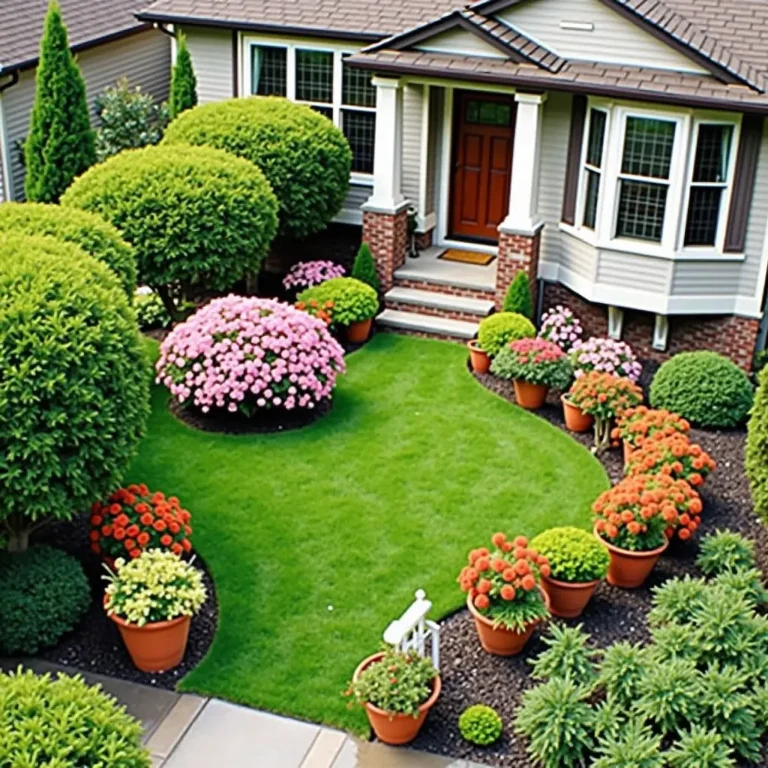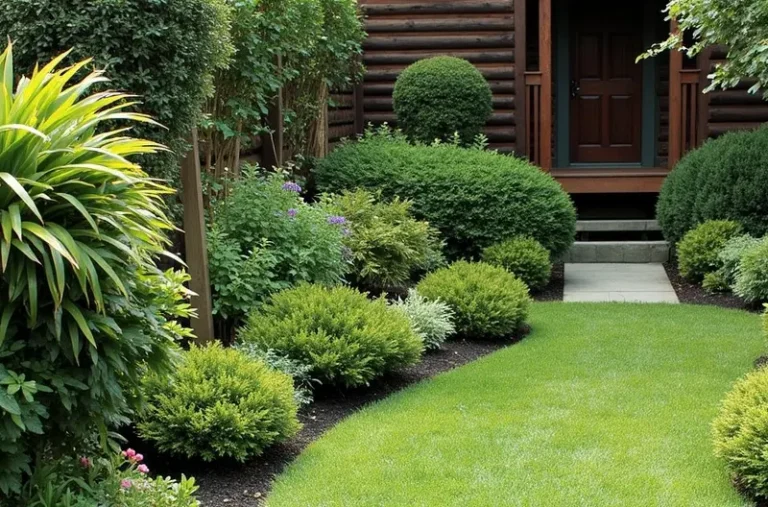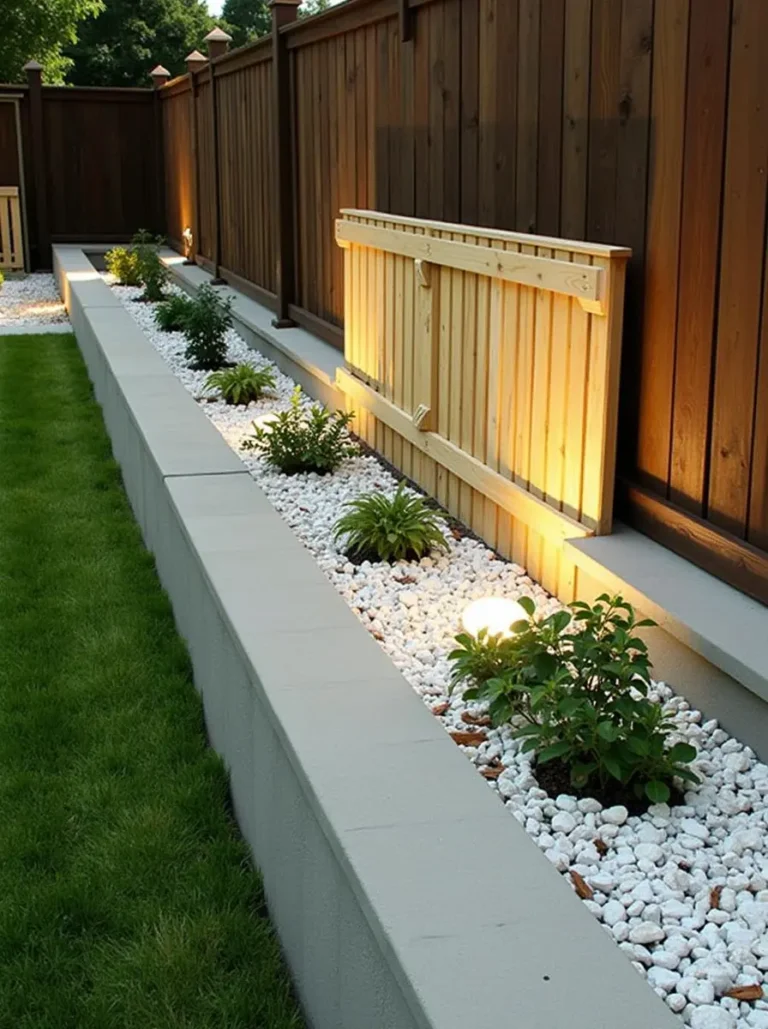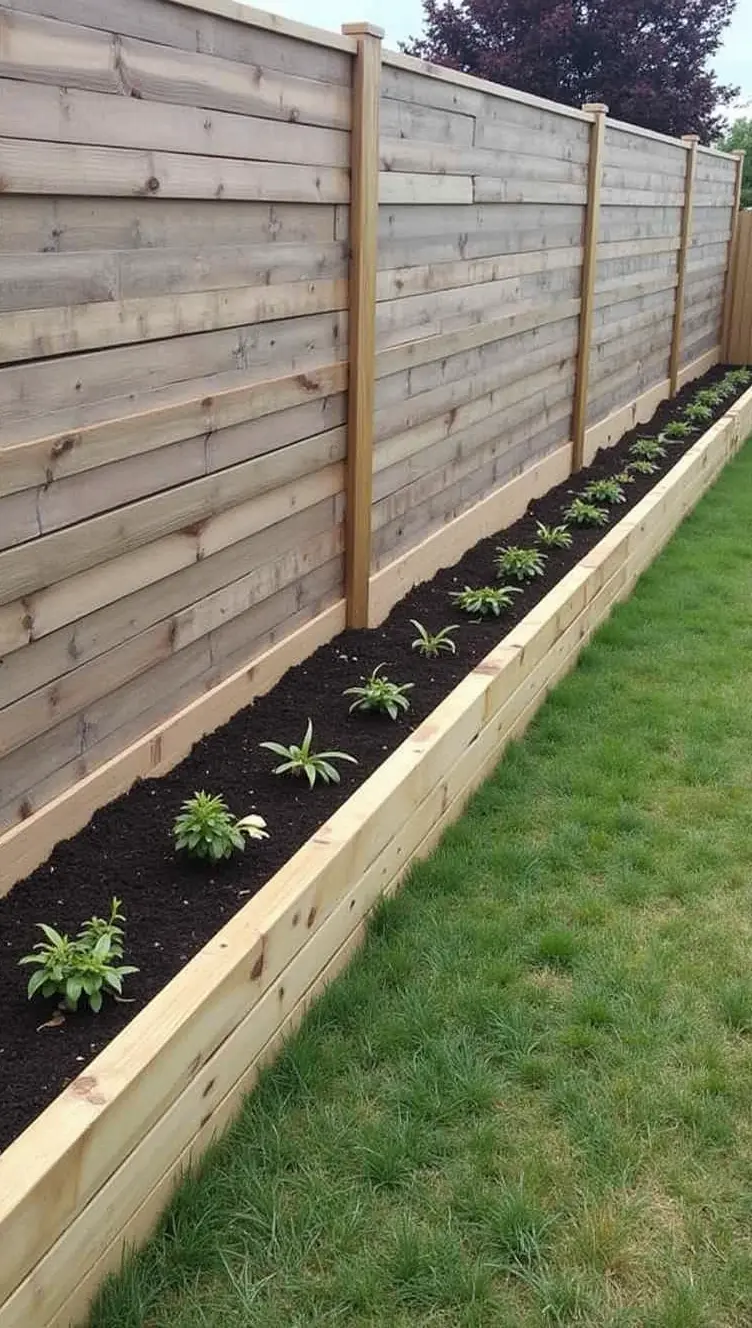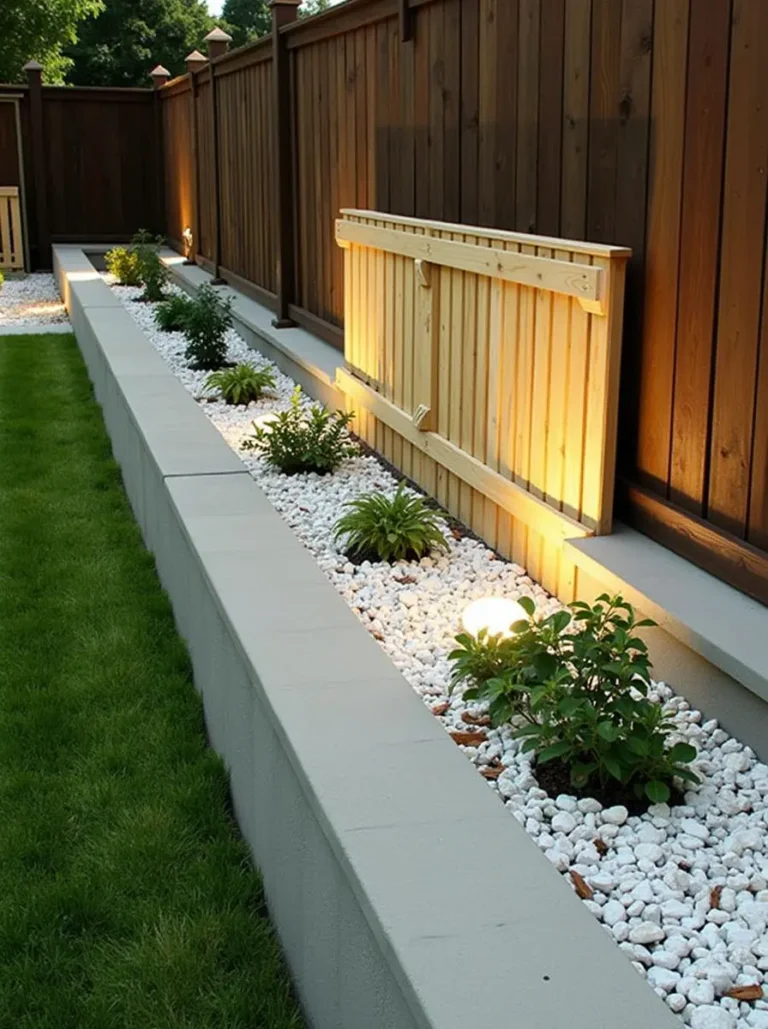Transform Your Yard with Low Maintenance Tips
13 Pro Tips for a Low Maintenance Landscape
Imagine stepping into your backyard: the sun is shining, a gentle breeze rustles through the leaves, and the vibrant colors of your garden bring a sense of peace and satisfaction. But wait—what if that same landscape were a hassle, demanding hours of maintenance and upkeep? Fear not! With the right strategies, you can create an exquisite outdoor oasis that requires minimal care. Let’s dive into 13 expert tips for a low maintenance landscape and important mistakes to avoid.
1. Choose Native Plants
Native plants are like the superheroes of your garden. They are adapted to local soil, climate, and pests, making them incredibly resilient. Incorporating native species not only minimizes maintenance but also supports local wildlife.
2. Opt for Perennials Over Annuals
Annuals require replanting every year, while perennials come back year after year. By selecting perennials, you save both time and money, allowing you to enjoy your garden without the yearly overhaul.
3. Embrace Mulch
Mulch is a gardener’s best friend. It conserves moisture, suppresses weeds, and adds organic matter to the soil as it breaks down. A thick layer of mulch will help your plants thrive with minimal intervention.
4. Create Defined Garden Beds
Establishing defined garden beds simplifies maintenance tasks. With clear boundaries, it’s easier to control weeds and keep plants organized, leading to a more visually appealing landscape.
5. Install Drip Irrigation
Watering can be time-consuming, but drip irrigation systems deliver water directly to the roots where it’s needed most. This not only conserves water but also reduces the amount of time you spend on this essential chore.
6. Group Plants by Water Needs
When planning your garden, group plants with similar water needs together. This method helps in efficient watering and ensures that all plants receive the moisture they require without overdoing it.
7. Use Hardscaping Wisely
Incorporate hardscaping elements like patios, pathways, and decorative stones. These features require little to no maintenance and can also enhance the beauty of your landscape, reducing the need for extensive planting.
8. Select Drought-Resistant Plants
Choosing drought-resistant plants is a smart move, especially in areas with unpredictable rainfall. These plants require less water and are more resilient to dry spells, making them perfect for low-maintenance gardens.
9. Limit Lawn Space
Lawn areas can be labor-intensive. Consider reducing the size of your lawn or replacing it with ground covers, ornamental grasses, or artificial turf to lessen maintenance demands.
10. Practice Proper Pruning Techniques
Pruning can seem daunting, but it’s essential for maintaining plant health. Learn effective pruning techniques to promote growth and prevent overgrowth, which can lead to more work in the long run.
11. Make Use of Automatic Timers
Automate your watering with timers. By scheduling your irrigation, you’ll ensure your plants receive consistent care without the hassle of manual watering.
12. Monitor and Adjust Soil Health
Healthy soil is the foundation of a thriving landscape. Regularly monitor pH and nutrient levels, allowing you to make necessary adjustments to keep your plants happy and healthy.
13. Learn from Mistakes to Avoid
Fostering a low-maintenance landscape is a journey. Common mistakes include over-planting, ignoring local pests, and selecting incompatible plants. By learning from others and tracking your garden’s progress, you’ll create a sustainable haven.
Common Mistakes to Avoid
As you venture into your low maintenance landscaping project, keep these common pitfalls in mind:
- Choosing the Wrong Plants: Avoid selecting plants that require excessive care or are not suited for your climate.
- Ignoring Maintenance Needs: All plants have some maintenance requirements; understand these before adding them to your landscape.
- Neglecting Soil Preparation: Healthy soil is essential. Don’t skip soil testing and amendments.
- Over-Watering: Too much water can be as harmful as too little. Observe your plants and adjust your watering routine accordingly.
- Failing to Plan: Take the time to plan your layout carefully. A poorly designed garden can lead to increased labor and frustration.
FAQs
What plants are best for a low maintenance landscape?
Some of the best options are native plants, succulents, ornamental grasses, and perennials like daylilies and coneflowers.
How can I reduce lawn maintenance?
Consider replacing parts of your lawn with ground covers, hardscaping, or drought-resistant plants to minimize mowing and watering.
Is mulch necessary for a low maintenance landscape?
Yes, mulch helps retain moisture, suppress weeds, and improve soil health, which all contribute to a low maintenance garden.
What is drip irrigation and why is it beneficial?
Drip irrigation is a watering system that provides plants with a slow and steady supply of moisture. It’s beneficial because it conserves water and reduces evaporation.
How often should I prune my plants?
Pruning schedules vary by plant type; however, it’s generally advisable to prune in late winter or early spring before new growth begins. Regular checks will help you manage growth effectively.
“
